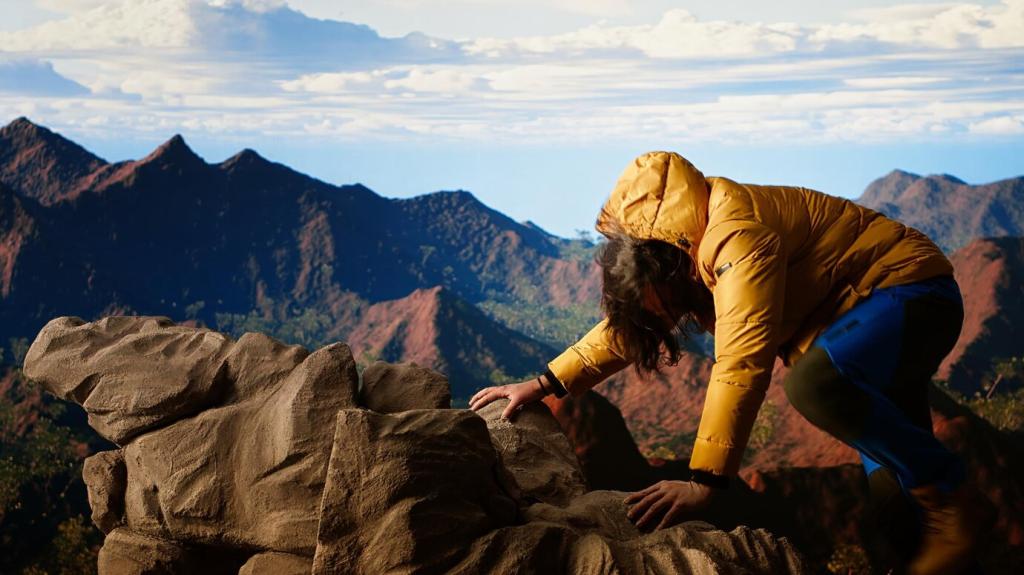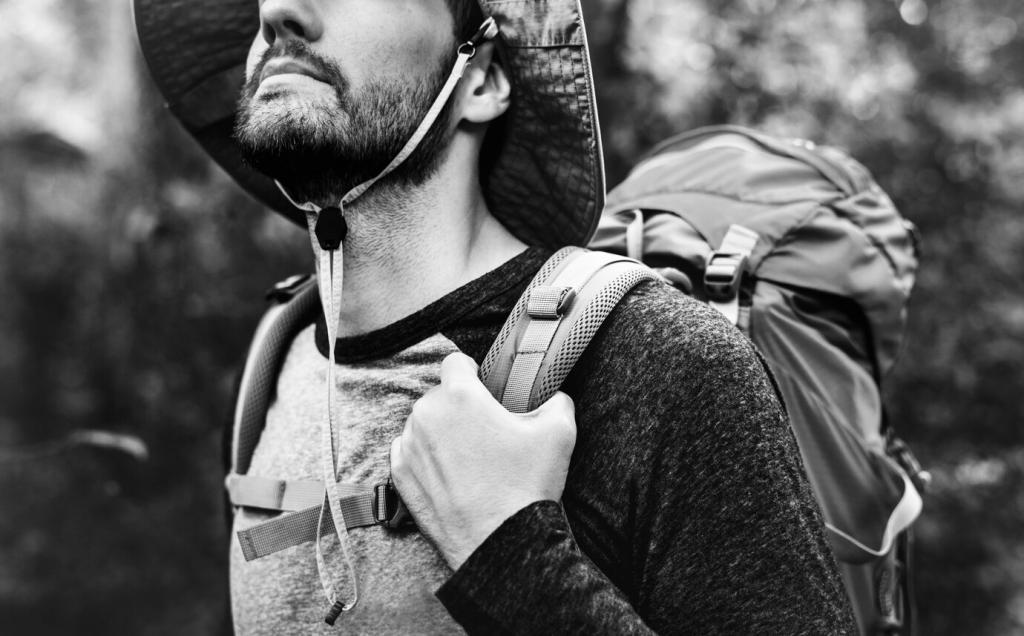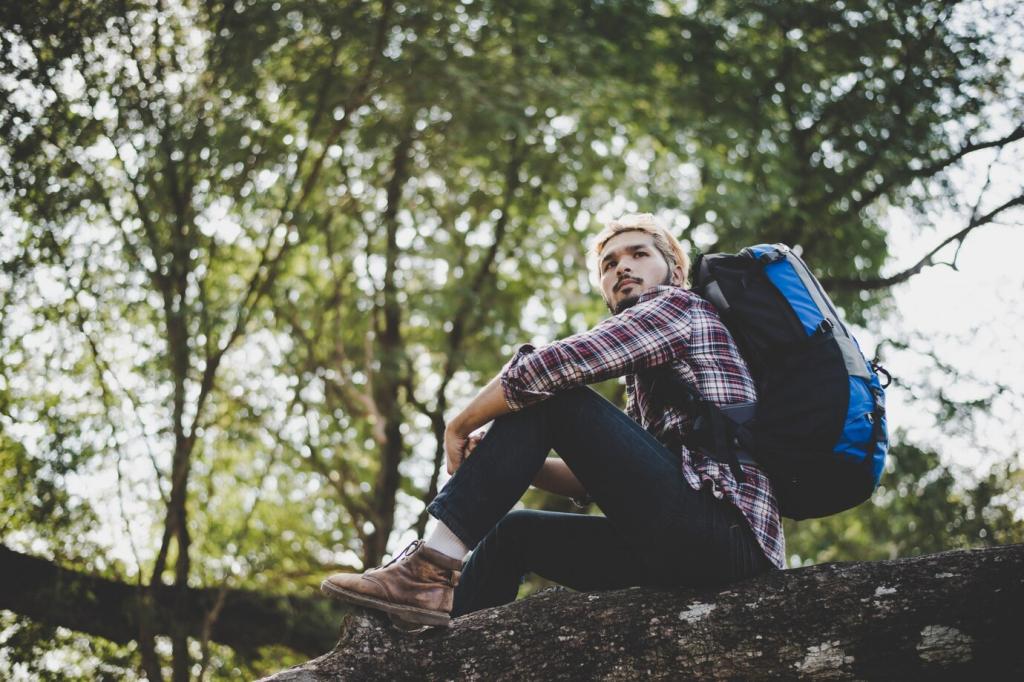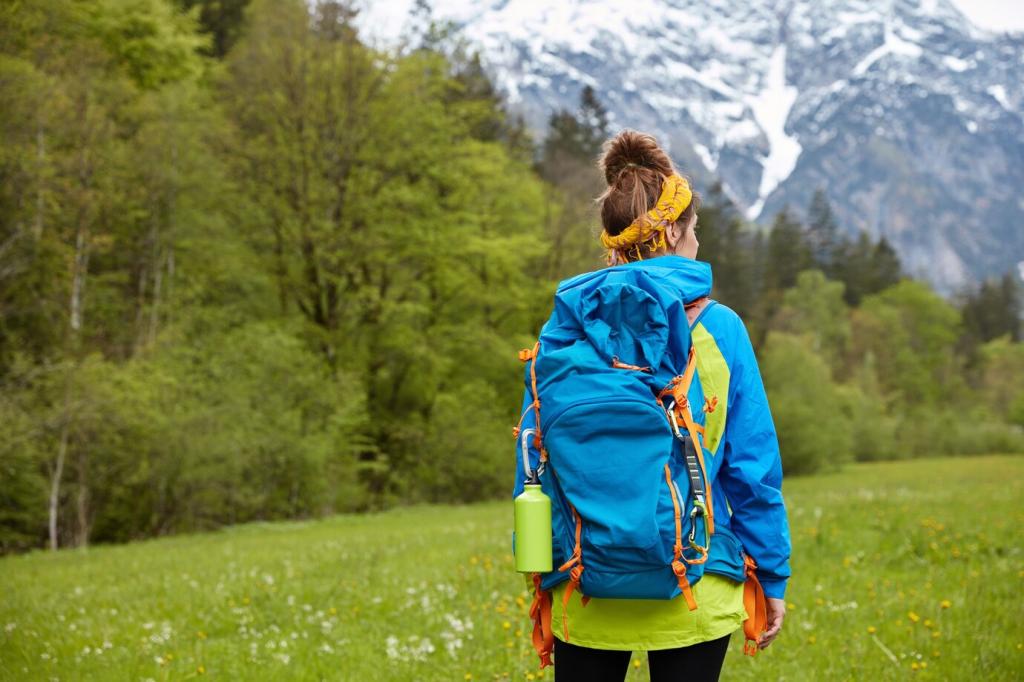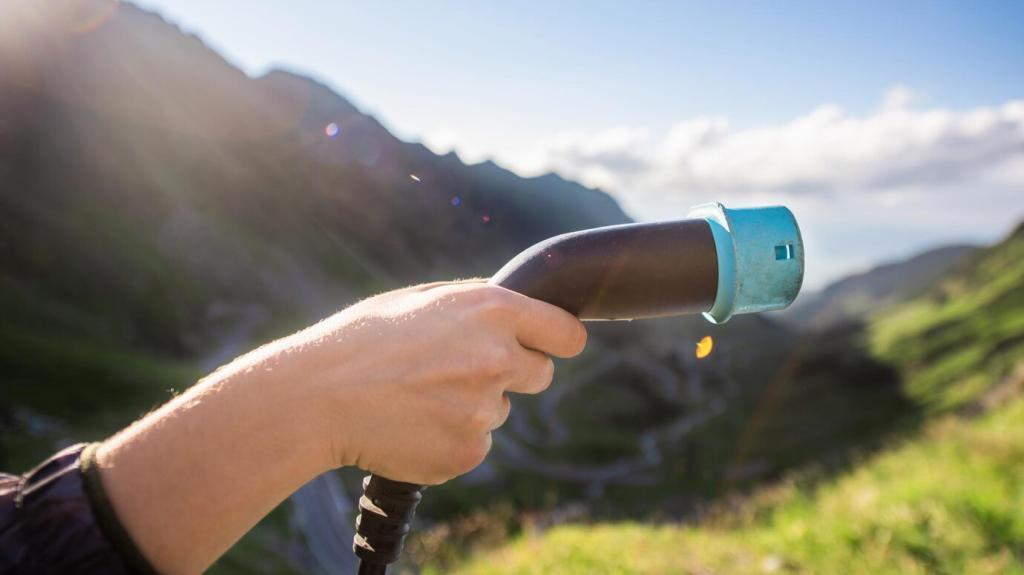From One Walk to a Winter Practice
Promise yourself only two minutes outside in winter gear. Most days, momentum carries you further. Even if you return quickly, you still practiced starting. Track streaks on a calendar, and tell us your longest run of tiny wins. Small, consistent cues add up to meaningful mood improvements over time.
From One Walk to a Winter Practice
Anchor hikes to existing routines: after breakfast Saturday, during lunch Tuesday, sunset Thursday. Prepare gear the night before. Reward completion with a warm drink and five peaceful minutes. Share your anchor choices, and subscribe for printable habit trackers designed specifically for winter hiking and mental clarity.

